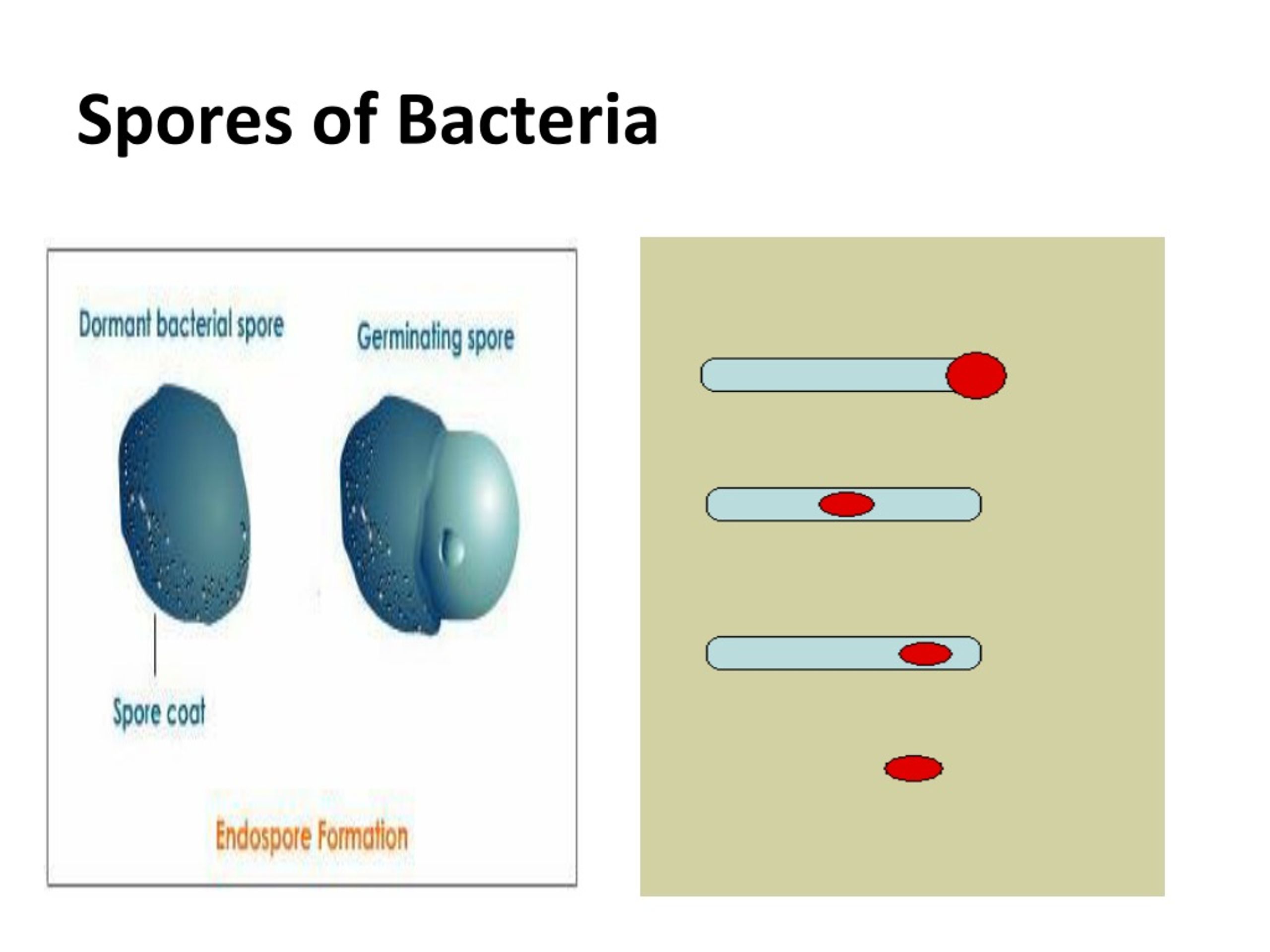
That is, they are living organisms that require very specific environments (like refrigeration) to remain viable. Strains of Lactobacillus and Bifidobacterium are supplied in their living, vegetative states. Lactobacillus and Bifidobacteria are Common Vegetative Bacteria These can generally be classified as vegetative and spore-forming probiotics. Let’s look at the main types of probiotic strains and their differences.

Not all strains can be made shelf-stable or survive things like boiling, baking, or freezing (all of which can be integral to the manufacturing or preparation of the product).

So the best bet may be to find a hardy probiotic that can survive all the things–like manufacturing and storing the probiotic product, AND the transit to your gut.ĭifferent strains of probiotics have different sensitivity levels. The difference here lies in the type of probiotic strain.įirst, it’s important to understand that probiotic bacteria need to be alive when they reach your gut.

To tackle one of the most common myths, the fact is not all probiotics need to be refrigerated, but only some probiotics can be hardy enough to be fortified into a wide range of probiotic foods and beverages, while still delivering the digestive and immune health benefits people want most. What’s more, the benefits of a particular strain are dependent on clear research unique to that strain. For example, some require refrigeration, while some do not. When it comes to selecting a probiotic that provides the benefits people want in foods and beverages to fit their busy lifestyles, the choices can be overwhelming.


 0 kommentar(er)
0 kommentar(er)
